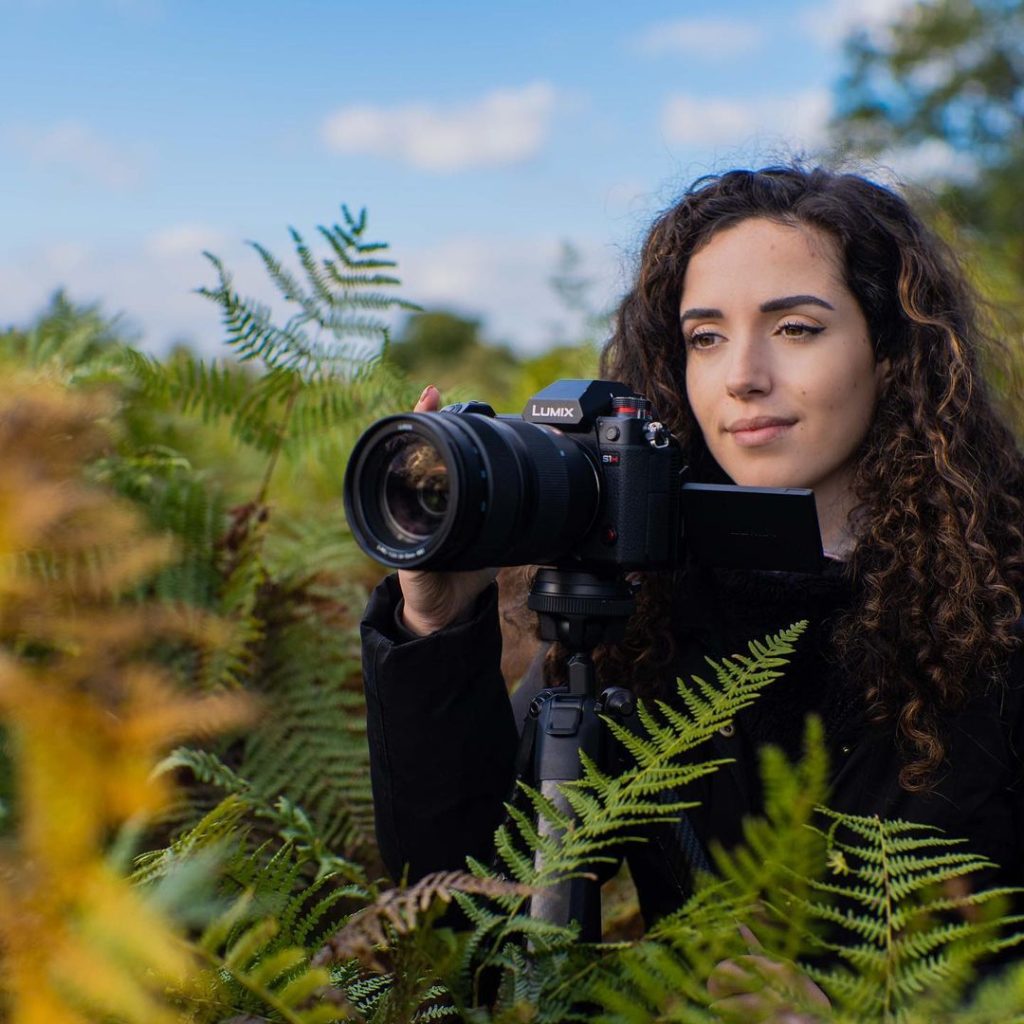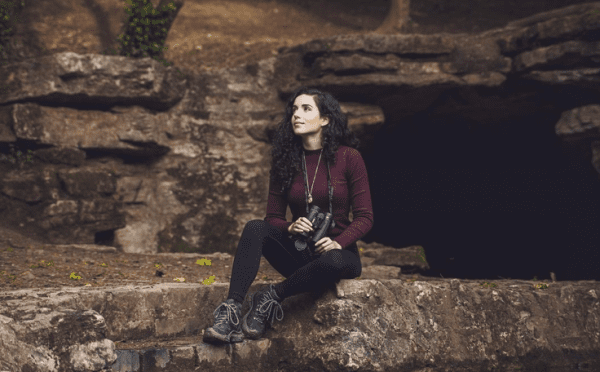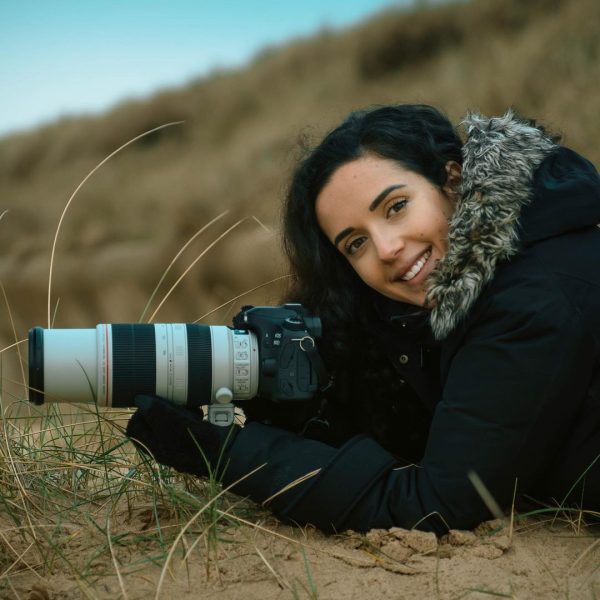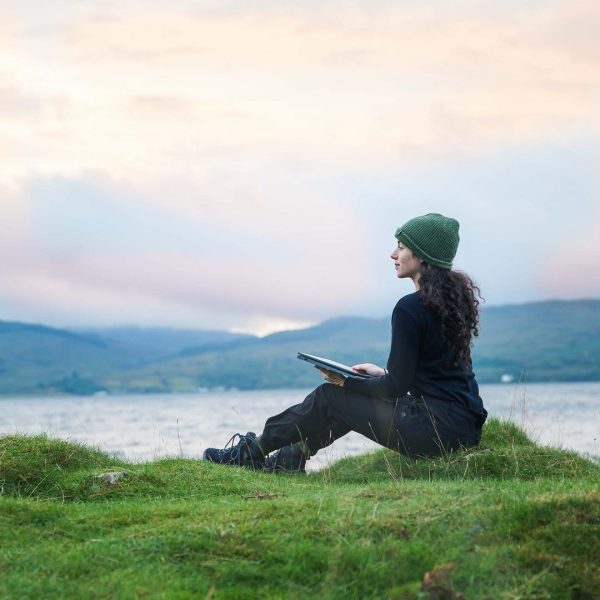As artists, not knowing where to begin is something that holds many of us back from ever starting something new. The daunting unknown can easily get the best of anyone in any industry but having the ability to look past that is when you will find true success and fulfillment.
When I began my filmmaking journey, I faced these same fears. As time went on, I was constantly changing my approach in hopes of finding something that worked. After years of experience, I can confidently say I’ve mastered my workflow as a filmmaker. To do this, I emerged myself in the art and learned from those more experienced than me. Additionally, I learned that I would fail just as often as I would succeed, which is what taught me first-hand what works best for me and was ultimately the most important part of my growth.

All of our brains work differently, so it’s important to find which process makes the most sense for you as an individual.
Research, Research, Research
When I am working on pitches for clients, the most important thing to think about is the concept of the story. The human brain is biologically wired to engage with fascinating stories because they are a critical form of communication that allows people to grow and evolve. Anyone can tell a story, but not everyone can tell a great story. It’s crucial to reflect on how, as a filmmaker, I can ensure that I’m creating an intriguing film. Really think about what YOU are passionate about. What drives and inspires you?
Personally, my inspiration comes when I am out in nature and come across something that I want to raise awareness about. Something that sparks an initial idea in my mind. From there, I began educating myself on that specific part of nature – which I do through countless resources on the internet. For a story to be credible but also intriguing, it needs to have a certain amount of intelligence and depth, so it is imperative to really do research at this stage. From scientific journals and organizations such as WWF and National Geographic to YouTube and Twitter, I immerse myself in anything I can find to fully understand the topic at hand.

With all this knowledge available at our fingertips, we have the power to make educated decisions regarding our films; choosing characters, the type of film, and working on script and shot lists. It would be an injustice to our viewers if we simply didn’t take the time to ensure what we are sharing with them is factual.
Nature – Where the Magic Happens
Next comes the fun part – getting outside with your camera to film! I believe this is the part that all filmmakers love the most. Spending time with our muses and gathering all the visuals needed to tell a story. The part where we can totally immerse ourselves within our craft and forget the outside world.
There is nothing like exploring nature, hiding in greenery, being covered in mud and other unimaginable things just to get the perfect shot. It’s exhilarating to be out of your comfort zone and never knowing what will happen next. At times, it is easy to lose myself in the moment and forget that this is my career.

However, just because this is the best part, doesn’t mean it is the easiest. There are days when nothing seems to go right. I can be out from dawn to dusk and not be happy with any of my footage. But, the days when you have a remarkable encounter and get the shot you were hoping for, are beyond rewarding and make it all worthwhile.
The Power of Editing
After the magic of filming, the editing process begins. This is when everything starts to come to life and all the hard work is now forming into real tangible content.
One of the most important things to consider when starting an edit is to ensure that you are organized with your rushes, or unedited footage. Any filmmaker knows rushes need to be backed up in two separate locations. Personally, I backup all of my files onto two separate hard drives, to ensure that if something were to happen to one of them, I haven’t then lost all of my work.
I then start editing my films using Adobe Premiere Pro, which I can use on my Lenovo products.

Everyone’s workflow will be different – I make a timeline of my selects by going through all my rushes to determine which bits will make it to the final film. I put them all into one timeline, in no particular order at this point. This allows me to easily see what I have in terms of shots and helps me to find certain clips.
From there, I start piecing together and moving the footage, with constant refining and tweaking, to build the perfect story.
At the stage, it’s helpful to seek feedback from friends or colleagues. It may not always be what you want to hear, but it is important to receive critique at this stage when you have a chance to change it.
The Tech Side of Films
Technology plays a role in all aspects of filmmaking, from the start with research to the end with editing. These devices allow me, and other storytellers, to share the beauty we see in every corner of the world. That so many will never get the chance to experience.
The aspects of filmmaking that make each film unique, come from technology like graphics, color enhancements, text, and more.
Filmmaking is not easy, but it is fulfilling. With the right tools and mindset, it is possible to create a film that will inspire, educate and move others.
To follow me on my #LenovoInnovators journey and see first-hand my filmmaking process, follow me on Instagram @roxythezoologist.
